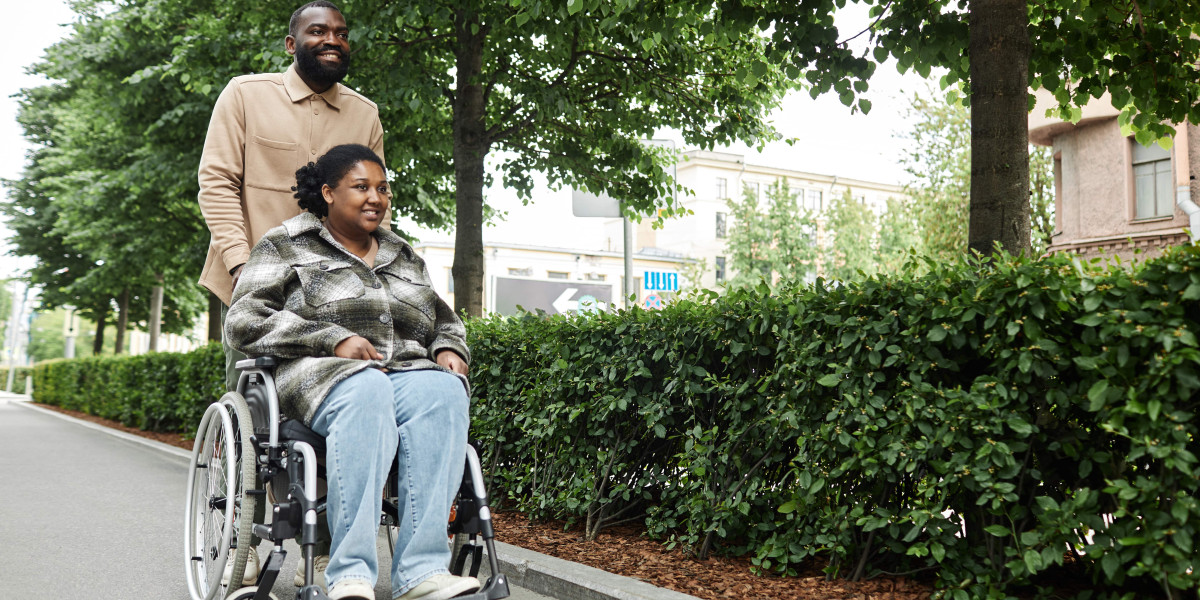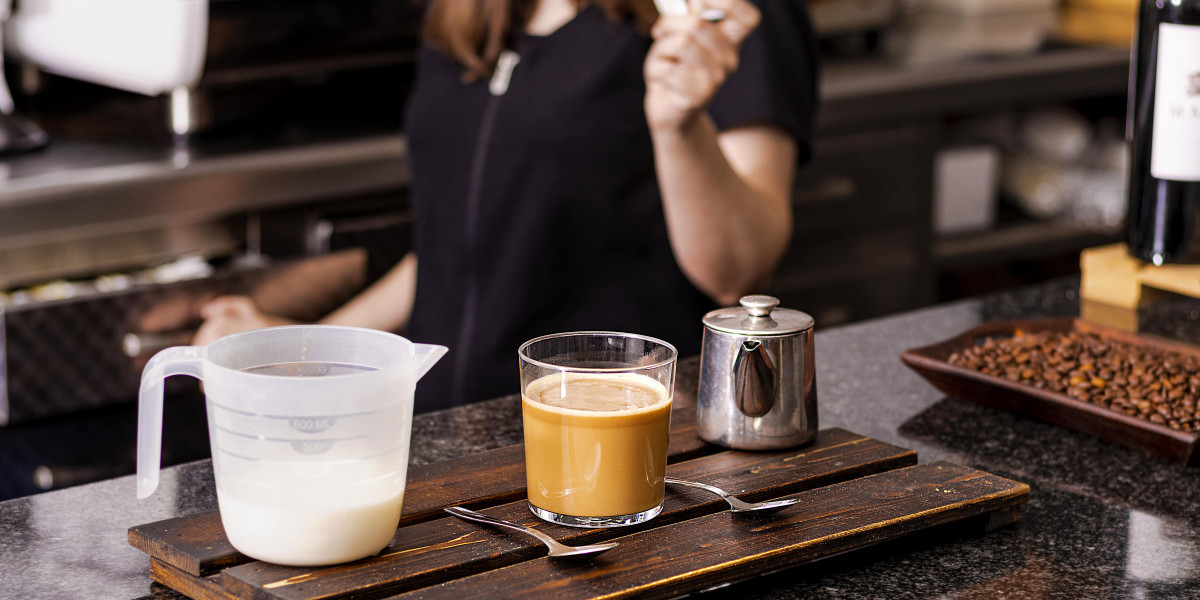
Understanding Medical Walkers: A Comprehensive Guide
Medical walkers function as indispensable mobility aids for individuals recuperating from surgical treatment, handling persistent health problems, or dealing with age-related mobility issues. These devices not just boost physical self-reliance however also improve safety, permitting users to browse their environments with higher ease. This post explores the types, benefits, functions, and factors to consider related to medical walkers, together with some frequently asked questions.

Tabulation
- Types of Medical Walkers
- Benefits of Using a Medical Walker
- Key Features to Consider
- Often Asked Questions
- Conclusion
1. Kinds Of Medical Walkers
Medical walkers are readily available in different styles, dealing with different needs and preferences. The primary types include:
| Type of Walker | Description |
|---|---|
| Standard Walker | A rectangle-shaped frame with 4 legs, offering stability and assistance. |
| Two-Wheeled Walker | Comparable to a standard walker but equipped with wheels at the front for simpler motion. |
| Three-Wheeled Walker | A lightweight walker with three wheels, allowing for more maneuverability, perfect for indoor use. |
| Rollator Walker | A walker with 4 wheels, hand brakes, and a seat, ideal for longer ranges and resting needs. |
| Hemi Walker | Designed for people who can use just one hand, including a tripod-like design. |
2. Benefits of Using a Medical Walker
Utilizing a medical walker provides numerous benefits that add to the user's overall well-being, consisting of:
- Increased Stability: Walkers provide a steady base of assistance, reducing the threat of falls.
- Enhanced Mobility: They enable users to walk around more quickly, promoting independence.
- Discomfort Relief: By rearranging weight, walkers can relieve pain in the joints, particularly in the hips and knees.
- Posture Support: These devices encourage correct posture, minimizing strain on the back.
- Enhanced Confidence: Users typically feel more protected using walkers, resulting in better self-confidence and increased activity levels.
3. Secret Features to Consider
When selecting a medical walker, it's important to assess various features to discover the best fit. Here are some important elements to consider:
- Weight Capacity: Ensure the walker can support the user's weight while keeping stability.
- Height Adjustment: Look for a walker with adjustable height settings to accommodate the user's height and provide comfy grip.
- Product: Lightweight aluminum walkers are much easier to maneuver, while steel walkers provide more powerful support however may be much heavier.
- Wheel Quality: If selecting a wheeled walker, consider the wheel size and tread. Larger wheels browse unequal surfaces more easily.
- Seat Availability: If users will be walking for longer periods, a walker with an integrated seat can provide rest breaks when required.
- Brakes: Hand brakes are particularly essential for safety in rollator walkers to control speed and stop when needed.
Types of Walkers with Features Comparison Table
| Walker Type | Weight Capacity | Height Adjustment | Wheels | Seat Available | Brakes |
|---|---|---|---|---|---|
| Standard Walker | Up to 300 pounds | Yes | No | No | No |
| Two-Wheeled Walker | Approximately 300 lbs | Yes | Yes | No | No |
| Three-Wheeled Walker | Approximately 250 pounds | Yes | Yes | No | No |
| Rollator Walker | Approximately 400 lbs | Yes | Yes | Yes | Yes |
| Hemi Walker | Up to 250 lbs | Yes | No | No | No |
4. Frequently Asked Questions
Q1: Who should use a medical walker?A: Medical walkers are beneficial for individuals recovering from surgical treatment, experiencing balance issues, or requiring support due to age-related mobility obstacles. Q2: Can a medical walker be adjusted?A: Yes, the majority of
medical walkers are height-adjustable to accommodate different user heights, permitting for a more comfy grip. Q3: How do I choose the right walker for my needs?A: Consider aspects such as the user's weight, height, kind of mobility concerns, and whether they need a seat or brakes. Checking the walker for comfort and stability before purchase is also advisable. Q4: Are there any safety suggestions connected with using a medical walker?A: Yes, users should guarantee they do not lean too greatly on the walker, use it on stable and level surface areas, and always make sure exercise, which aids in healing and mobility improvement. 5.
the brakes are engaged when seated or fixed. Q5: Can NRS 4-Wheel Rollator: Walking Aid in Silver with a medical walker aid with rehabilitation?A: Absolutely. Medical walkers are frequently suggested as part of rehab programs as they encourage
Conclusion Medical walkers play an important role in improving the quality of life for people facing mobility difficulties. With numerous types and features offered, selecting the ideal walker includes considering the user's specific requirements and situations. By comprehending their benefits and appropriate use, individuals can regain independence, enhance their mobility, and browse their environments securely. Whether for short-term recovery or long-term assistance, the right medical walker can significantly boost a user's overall wellness. Incorporating a medical walker into one's daily regimen can be a transformative decision, making it easier to take part in life's daily activities while making sure safety and self-confidence.





